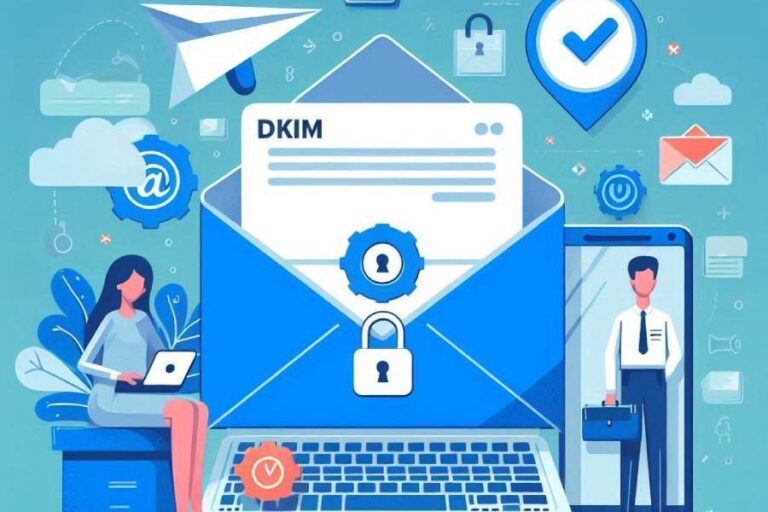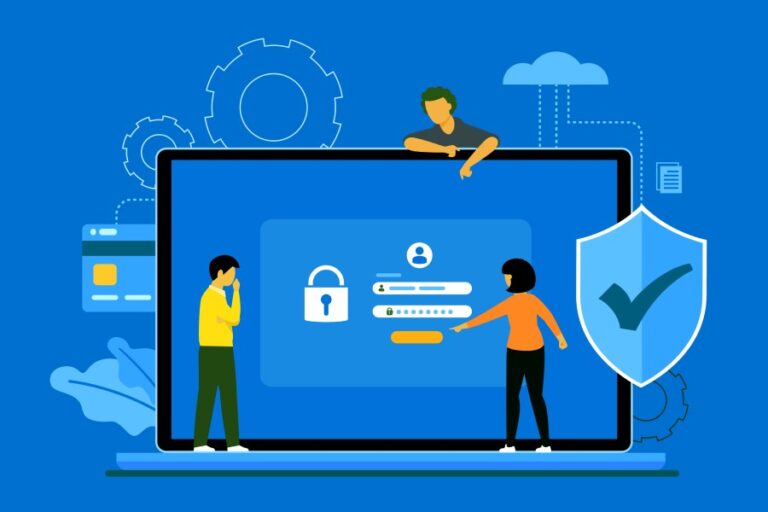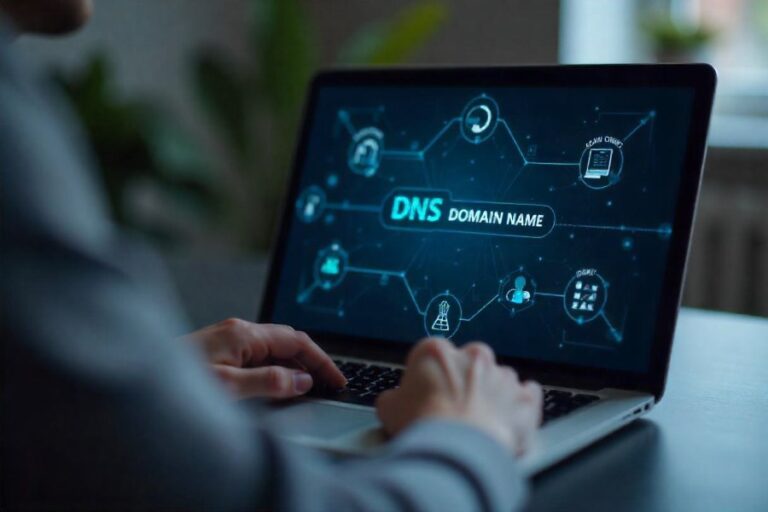Why is sending emails without DKIM a risk you can’t afford?
Sending emails without signing them with DKIM is a bad idea because it weakens your email security and increases the chances of your emails being rejected or marked as spam. It’s a security and deliverability risk that is not worth taking, especially when you know Google, Yahoo, and other email service providers require bulk senders…







